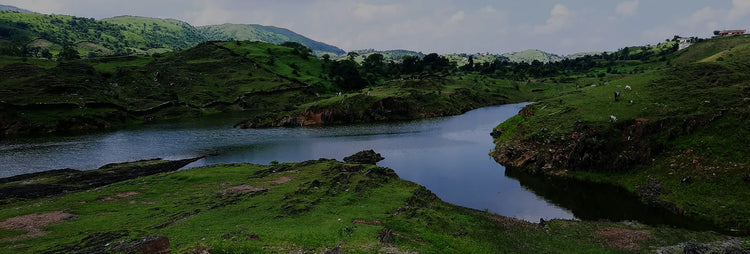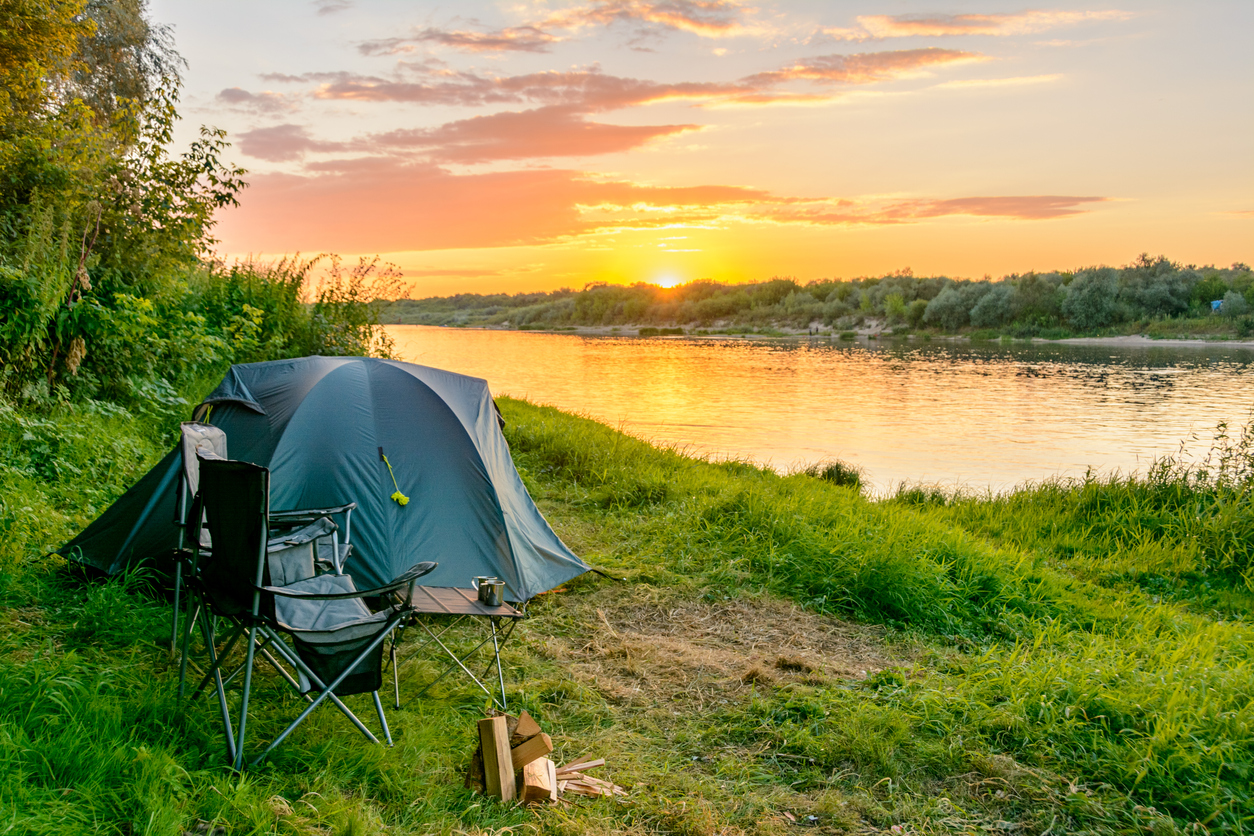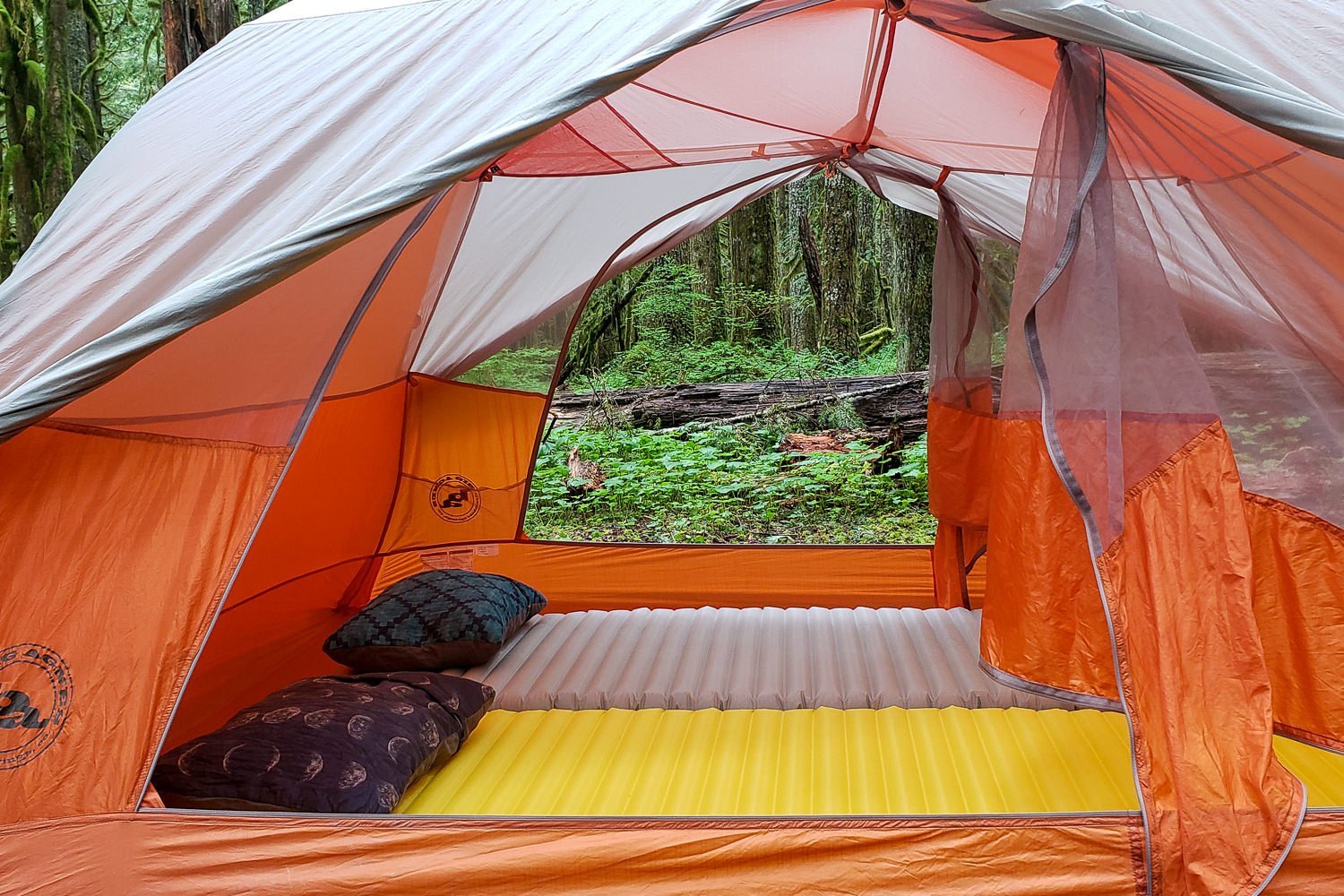As the autumn leaves turn and winter blankets the landscapes, hiking and camping take on a different allure. However, venturing out during these colder months requires careful preparation and gear selection to ensure a comfortable and safe experience. In this guide, we'll explore essential tips for autumn and winter hiking and camping, focusing on three crucial components: tents, sleeping bags, and sleeping pads.
Tents: Shelter from the Elements
A reliable tent is your sanctuary in the wilderness. Opt for a sturdy, weather-resistant tent designed for colder conditions. Look for features like proper ventilation to reduce condensation inside the tent and keep you dry. Additionally, consider its capacity and weight, balancing space with portability for a comfortable yet manageable shelter.
Sleeping Bags: Embracing Warmth
Choosing the right sleeping bag is paramount for a cozy night's sleep. Insulation, indicated by temperature ratings, is crucial. For colder seasons, opt for a sleeping bag rated lower than the expected temperatures to ensure warmth. Look for materials that trap heat efficiently while still being lightweight and compressible for easier packing.
Sleeping Pads: Insulation and Comfort
Don't overlook the importance of a good sleeping pad. It acts as a barrier between you and the cold ground, providing insulation and comfort. Opt for pads with adequate insulation, considering options like inflatable pads with reflective materials that enhance heat retention. Look for thickness and durability while balancing it with weight and packability.
Additional Tips for Autumn and Winter Adventures
-
Layer Clothing: Dress in layers to regulate body temperature. Moisture-wicking base layers, insulating mid-layers, and weather-resistant outerwear are key.
-
Stay Hydrated: It's easy to overlook hydration in cooler weather. Drink plenty of fluids to stay hydrated, as cold air can be deceptively drying.
-
Plan Early: Days are shorter in autumn and winter, so plan your routes accordingly, leaving enough time for daylight hours.
-
Emergency Preparedness: Carry essential emergency gear like a first-aid kit, a reliable light source, and extra food supplies.
Conclusion
Autumn and winter offer unique opportunities to connect with nature, but they demand careful preparation and the right gear. Investing in quality tents, sleeping bags, and sleeping pads designed for colder conditions is essential for an enjoyable and safe experience. By adhering to these tips and preparing adequately, you can make the most of your hiking and camping adventures during the colder seasons.






